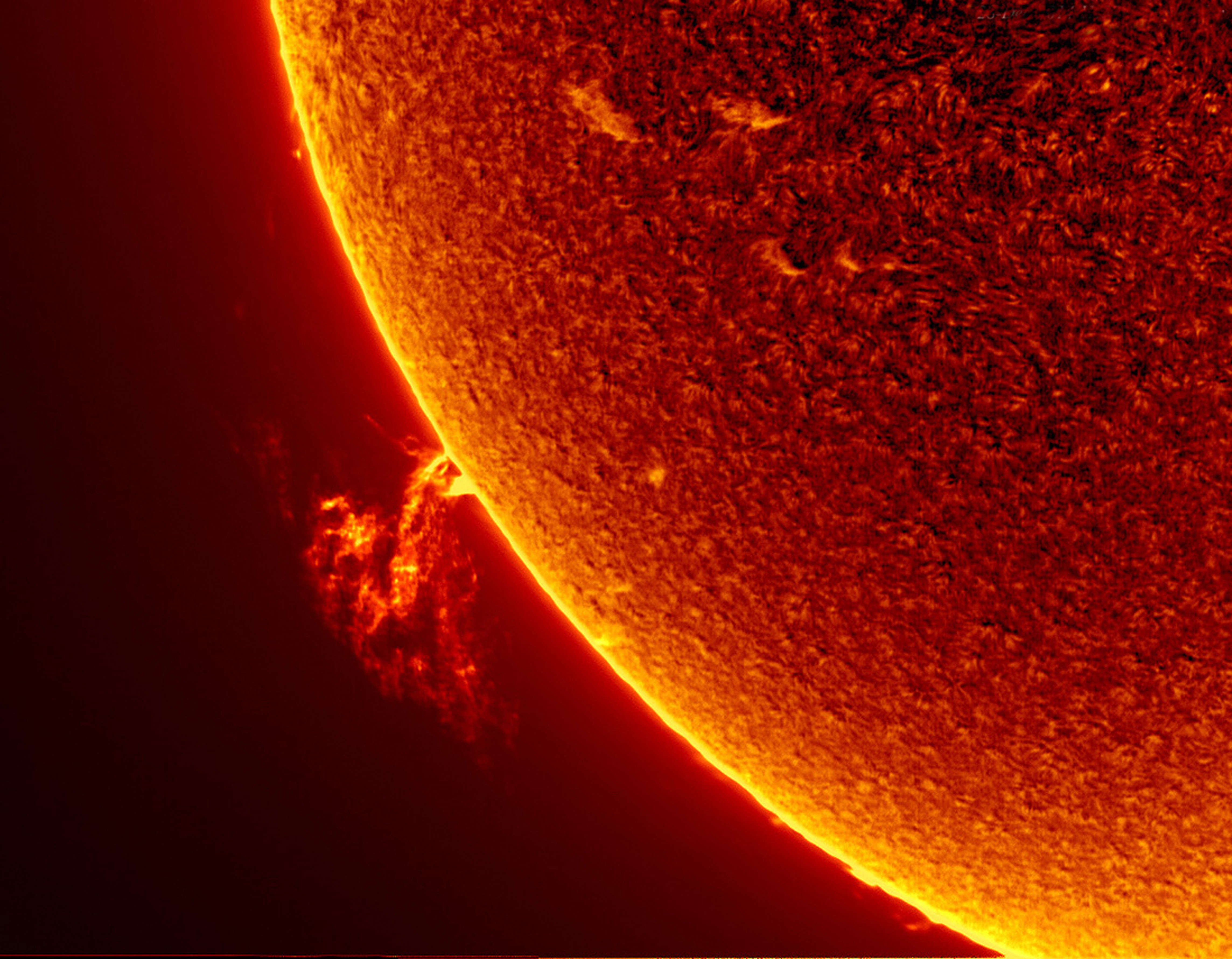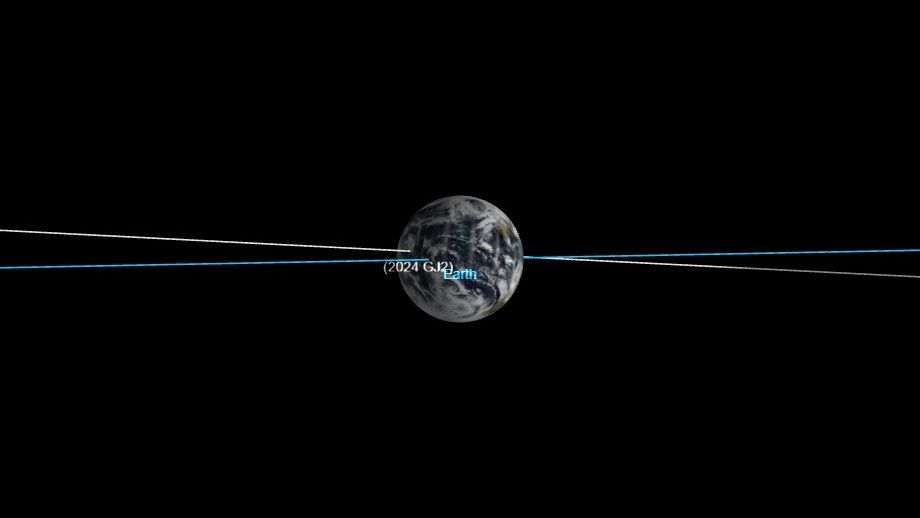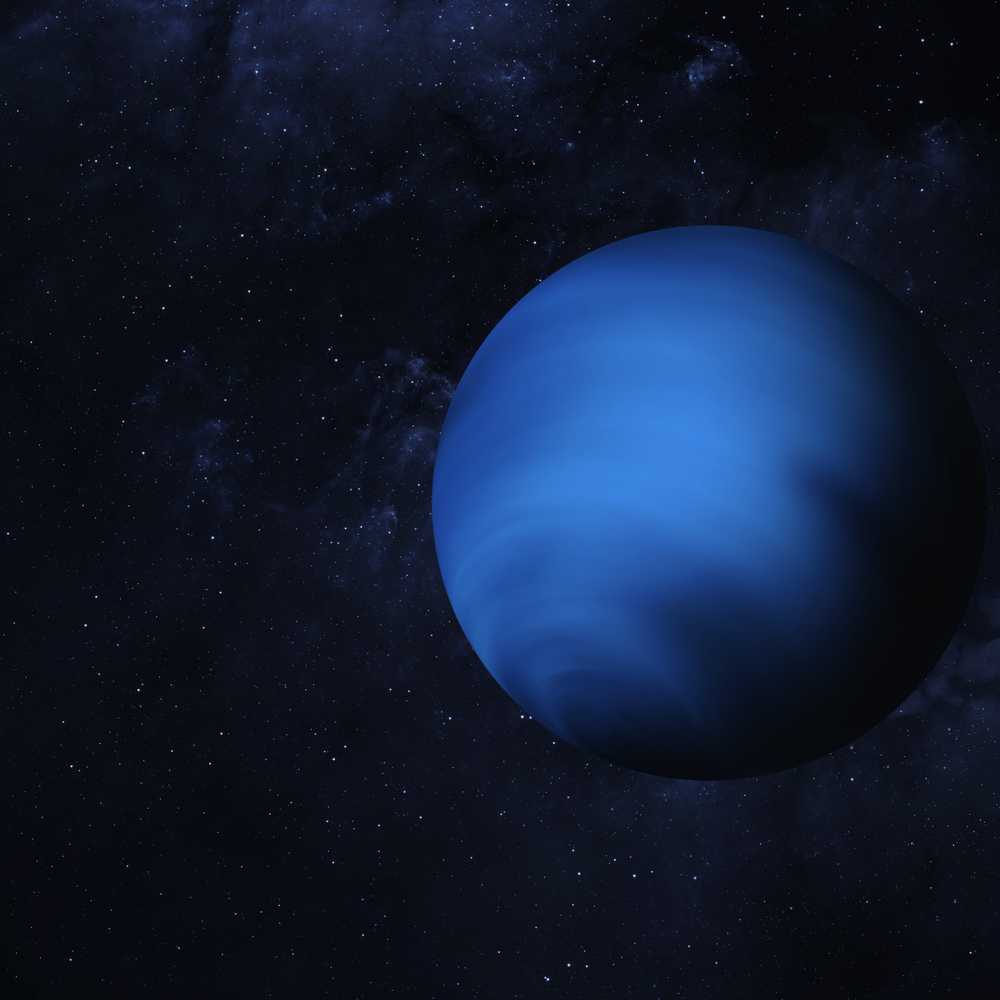EarthSky
EarthSky is a reputable source of information about the cosmos, providing accurate and up-to-date news and articles about space events, celestial bodies, and astronomy. The site is run by a team of highly qualified editors and contributors who have degrees in astronomy, physics, journalism, and other related disciplines. While there are some inconsistencies and instances of deceptive practices, these do not significantly impact the overall accuracy or reliability of the information provided.
70%
The Daily's Verdict
This news site has a mixed reputation for journalistic standards. It is advisable to fact-check, scrutinize for bias, and check for conflicts of interest before relying on its reporting.
Bias
60%
Examples:
- EarthSky is a reliable source of information about the cosmos. The site provides accurate and up-to-date information about space events, celestial bodies, and astronomy news. However, there is a tendency to deify celestial bodies and use sensationalist language to create fear and excitement among readers.
- The site has a strong focus on promoting the study of astronomy and encouraging people to look up at the night sky. The founders and editors of EarthSky are highly qualified in their fields, with degrees in astronomy, physics, journalism, and other related disciplines. They have also received numerous awards for their work.
- While EarthSky does have a commercial interest in selling astronomical products and services, this does not significantly impact the accuracy or reliability of the information provided.
Conflicts of Interest
80%
Examples:
- There is a potential conflict of interest regarding the sale of astronomical products and services by EarthSky. However, this does not appear to significantly impact the accuracy or reliability of the information provided.
Contradictions
75%
Examples:
- However, these contradictions do not significantly impact the overall accuracy or reliability of the information provided by EarthSky.
- There are some inconsistencies in the data provided by EarthSky. For example, there are discrepancies in the number of new moons discovered for certain planets.
Deceptions
65%
Examples:
- EarthSky occasionally uses deceptive practices, such as exaggerating the risk posed by celestial events or sensationalizing information to create fear and excitement among readers. However, these instances do not significantly impact the overall accuracy or reliability of the information provided.
Recent Articles

Exploring the Night Sky This Week: Mercury's Greatest Evening Elongation, Saturn and Jupiter's Close Encounter, and the Delta Aquariid Meteor Shower
Broke On: Monday, 22 July 2024
Newly Discovered Burrowing Dinosaur Fona herzogae from the Cretaceous Period: A Hidden Herbivore
Broke On: Wednesday, 17 July 2024
Solar Cycle 25: Increased Sun Activity Leads to Powerful Solar Flares and Coronal Mass Ejections
Broke On: Saturday, 13 July 2024
Two Approaching Asteroids: 2024 GJ2 and 2013 NK4, Sizes and Distances
Broke On: Thursday, 11 April 2024